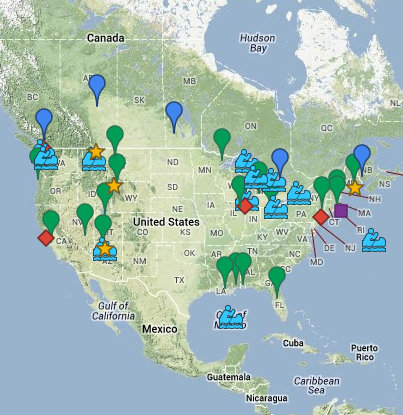Tarboo Bay is located at the northernmost end of much larger Dabob Bay, sheltered behind an elegant series of spits.
AERIAL VIEW
The now unprotected bank is eroding, supplying coarse gravel to build a small beach and sand that is reshaping a tiny beach nearby. It will be interesting to see how long it takes for the marsh to recolonize the beach surface - wave energy is sufficiently low here that vegetation is the natural end point rather than a beach, something seen by looking at the adjacent shoreline to the north where marsh grass obscures the gravel beach beneath.























